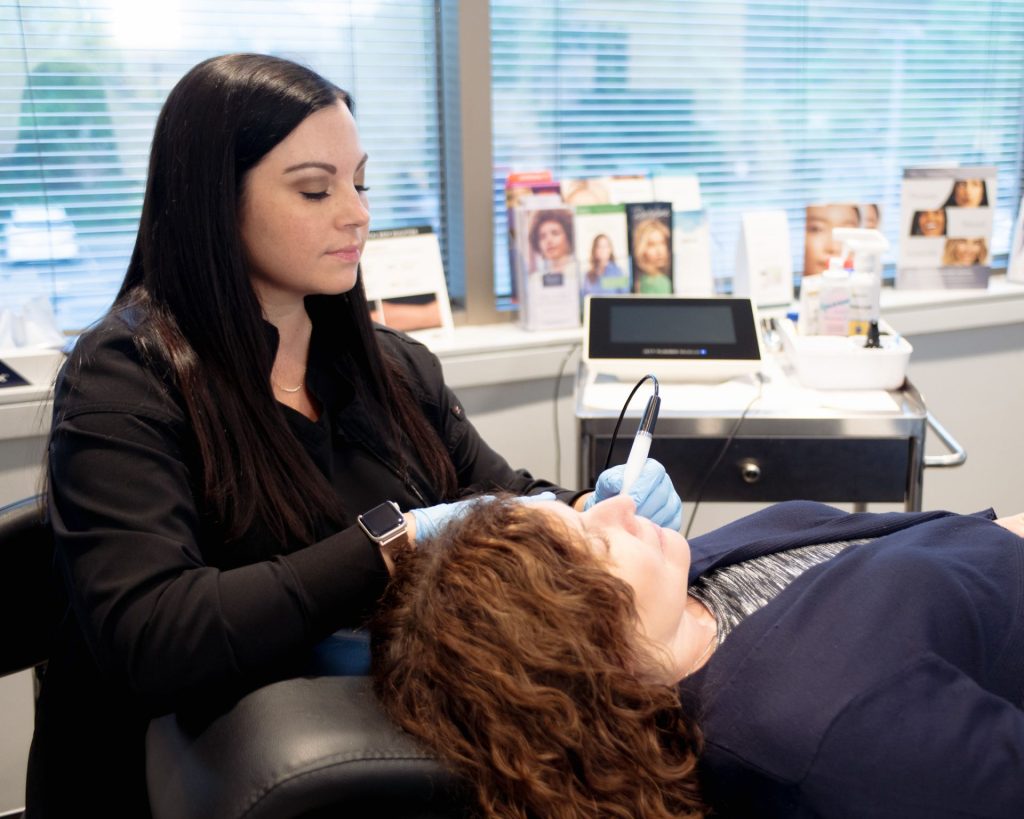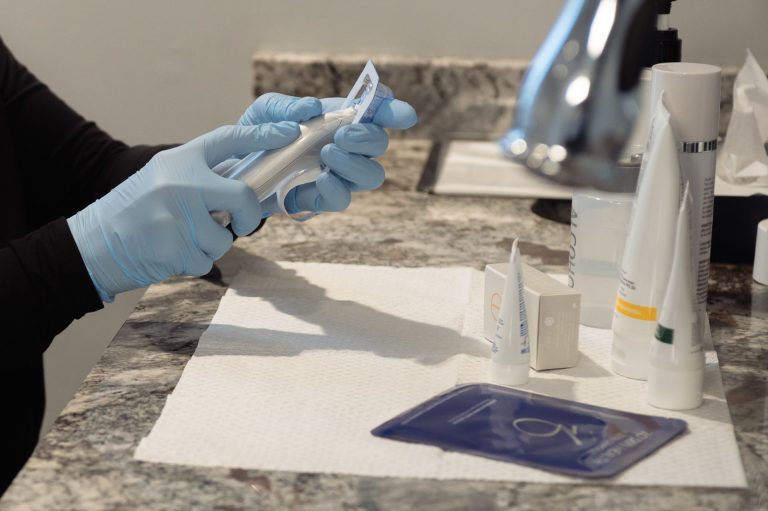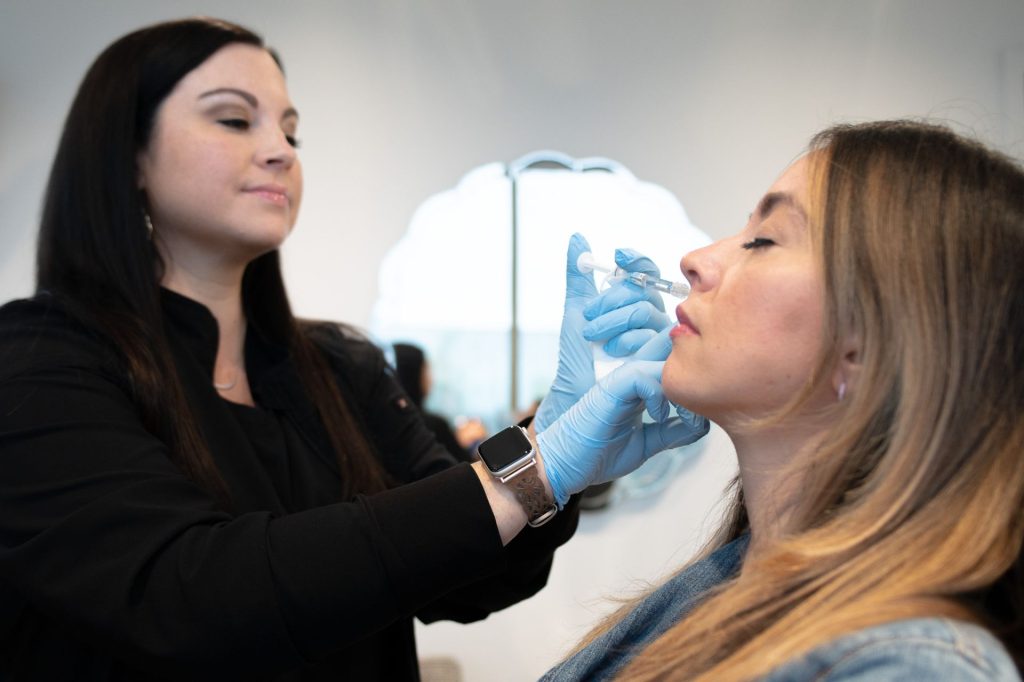Neurotoxins are injectable solutions that prevent lines and wrinkles from forming by blocking muscle nerve receptors. Neurotoxins reduce fine lines and wrinkles by targeting underlying causes such as repeated muscle contractions from frowning and squinting. Your injector will inject the neurotoxins into the muscles to pause muscle activity.
Neurotoxin injections are safe and quick, require little recovery time, and have few side effects. Results typically become visible in about 72 hours, with full results appearing in 1-2 weeks. The effects of muscle relaxation last for approximately 3-4 months after injection.
Frequently Asked Questions
-
Everyone is different! Certain muscle groups kick in at different times slowly, and it is settled in 2-3 weeks.
-
All neurotoxin works by temporarily (for up to 3-4 months) blocking chemical signals from allowing your muscles to animate as strongly as before. This relaxes the muscles, which results in a softening of fine lines and wrinkles.
-
Generally speaking, the effects last between three and four months, with each patient’s body reacting differently. The results last for some a little longer, for others a little shorter. Gradually, muscle activity and deeper furrows and wrinkles will be restored in the treatment area. Repeat treatments with neuromodulators are safe, allowing patients to maintain their desired look over time.
-
Every patient is different, but the anticipation of what you think it will be is always the worst part.
-
Our approach is very natural when it comes to neurotoxin. The goal is never to make someone look “frozen.” We use neurotoxin to enhance your natural features to create beautiful results that still look like you.
-
Your neurotoxin wears off very slowly. Your face will not “droop” or “fall down” once it wears off, you will simply return to your baseline of what you looked like before treatment.






